Consider the following code:
HTML:
<div class="wrapper">
<div id="inner1">
LINE1
</div>
<div id="inner2">
LINE2
</div>
</div>
CSS:
.wrapper{
width:400px;
overflow: auto;
background-color: #0FC;
}
#inner1{
float: left;
width: 40%;
margin-right: 5%;
margin-left: 5%;
background-color: #69C;
}
#inner2{
float:none;
width: auto;
margin-left: 5%;
margin-right: 5%;
background-color: #C09;
}
Output:

If we change width:auto to e.g. width:20% (on #inner2) we get the following output:

Why does #inner2 collapse under #inner1? There is enough space next to #inner1!
What makes this difference between width:auto and width:xx%?
Also, I'd like an explanation for the lack of right margin of #inner1 and left margin of #inner2 in the first example. This is margin-collapse effect, isn't it? Why does it happen here?